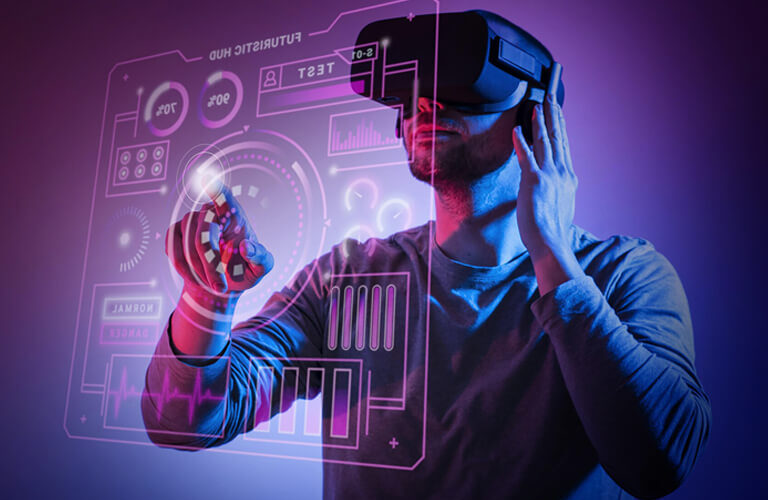In a rapidly evolving digital landscape, the concept of the metaverse has emerged as a groundbreaking paradigm that is set to redefine the way we interact with the virtual world. As we transition from a 2D internet to a 3D metaverse, the role of user experience (UX) design becomes increasingly crucial. This article explores the future of UX design in the metaverse, shedding light on the challenges and opportunities that lie ahead.

Evolving User Expectations
The metaverse promises to be a space where users can seamlessly navigate a vast virtual universe. With the expectations of users evolving, UX design will play a pivotal role in ensuring that these virtual environments are intuitive and engaging. In the metaverse, users will demand immersive experiences that feel as real as the physical world.
Hyper-Personalization and Customization
One of the key elements of UX design in the metaverse will be hyper-personalization. Users will expect tailored experiences that cater to their individual preferences. This will require UX designers to develop interfaces that adapt to each user’s unique needs, making the metaverse a highly personalized space.

Cross-Platform Integration
The metaverse is not limited to a single platform or device. It will encompass augmented reality (AR), virtual reality (VR), and various other technologies. UX designers will need to create seamless experiences that work across different platforms, ensuring that users can transition between the real world and the metaverse without disruption.
Haptic Feedback and Sensory Engagement
The metaverse will provide users with an opportunity to engage their senses in ways that traditional websites and applications cannot. UX designers will need to incorporate haptic feedback, 3D audio, and other sensory elements to enhance the user experience. This will create a more immersive and interactive environment.

Navigating Digital and Physical Spaces
As the metaverse blurs the line between the digital and physical worlds, UX designers will face the challenge of helping users navigate both spaces seamlessly. Wayfinding, location-based services, and real-time information will be essential components of metaverse UX.
Ethical Considerations and User Safety
With the increased immersion of the metaverse, issues of privacy and digital safety become paramount. UX designers must prioritize user security and privacy, while also addressing potential ethical dilemmas associated with the metaverse.

Collaborative and Social Experiences
The metaverse is not just about individual experiences; it’s about building communities and interacting with others in virtual spaces. UX design will need to foster collaboration and social interaction, making it easy for users to connect with friends and colleagues in the metaverse.
The Role of AI and Machine Learning
Artificial intelligence and machine learning will play a vital role in shaping the future of UX design in the metaverse. These technologies will enable real-time personalization, predictive UX, and the analysis of user behavior to create more intuitive interfaces.

Conclusion
The metaverse is set to revolutionize the way we interact with the digital world, and UX design will be at the forefront of this transformation. UX designers will need to adapt to the evolving expectations of users, providing hyper-personalization, seamless cross-platform integration, haptic feedback, ethical considerations, and collaborative experiences. As we venture into the metaverse, the role of UX design in creating meaningful and engaging virtual experiences cannot be underestimated.





Comments